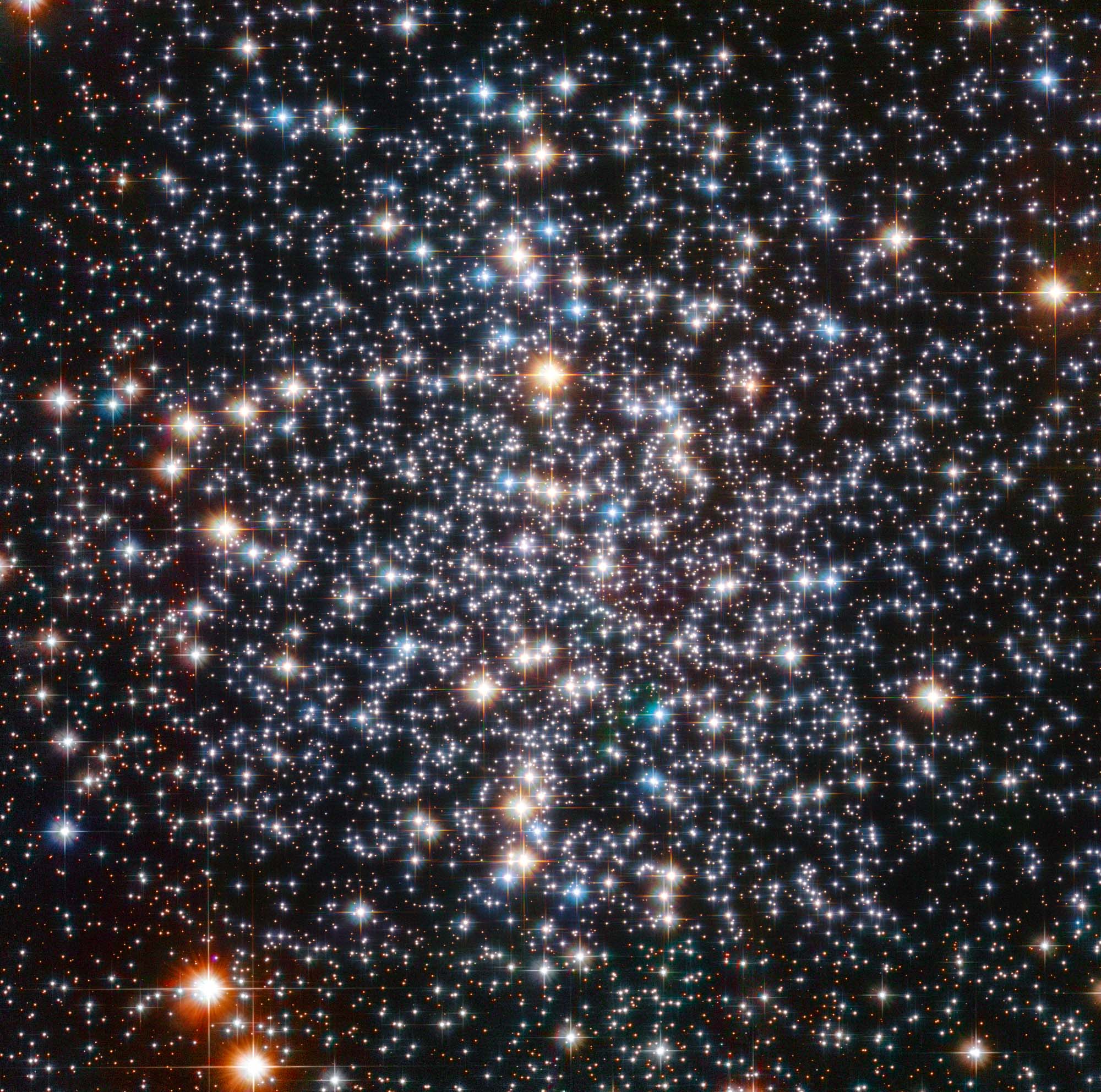STScI: NASA’s Hubble Hunts for Intermediate-Sized Black Hole Close to Home

Astronomers using NASA’s Hubble Space Telescope have come up with what they say is some of their best evidence yet for the presence of a rare class of “intermediate-sized” black hole that may be lurking in the heart of the closest globular star cluster to Earth, located 6,000 light-years away.
Like intense gravitational potholes in the fabric of space, virtually all black holes seem to come in two sizes: small and humongous. It’s estimated that our galaxy is littered with 100 million small black holes (several times the mass of our Sun) created from exploded stars. The universe at large is flooded with supermassive black holes, weighing millions or billions of times our Sun’s mass and found in the centers of galaxies.
A long-sought missing link is an intermediate-mass black hole, weighing in somewhere between 100 and 100,000 solar masses. How would they form, where would they hang out, and why do they seem to be so rare?
Astronomers have identified other possible intermediate-mass black holes through a variety of observational techniques. Two of the best candidates — 3XMM J215022.4−055108, which Hubble helped discover in 2020, and HLX-1, identified in 2009, reside in dense star clusters in the outskirts of other galaxies. Each of these possible black holes has the mass of tens of thousands of suns, and may have once been at the centers of dwarf galaxies. NASA’s Chandra X-ray observatory has also helped make many possible intermediate black hole discoveries, including a large sample in 2018.
Looking much closer to home, there have been a number of suspected intermediate-mass black holes detected in dense globular star clusters orbiting our Milky Way galaxy. For example, in 2008, Hubble astronomers announced the suspected presence of an intermediate-mass black hole in the globular cluster Omega Centauri. For a number of reasons, including the need for more data, these and other intermediate-mass black hole findings still remain inconclusive and do not rule out alternative theories.
Hubble’s unique capabilities have now been used to zero in on the core of the globular star cluster Messier 4 (M4) to go black-hole hunting with higher precision than in previous searches. “You can’t do this kind of science without Hubble,” said Eduardo Vitral of the Space Telescope Science Institute in Baltimore, Maryland, lead author on a paper to be published in the Monthly Notices of the Royal Astronomical Society.
Vitral’s team has detected a possible intermediate-mass black hole of roughly 800 solar masses. The suspected object can’t be seen, but its mass is calculated by studying the motion of stars caught in its gravitational field, like bees swarming around a hive. Measuring their motion takes time, and a lot of precision. This is where Hubble accomplishes what no other present-day telescope can do. Astronomers looked at 12 years’ worth of M4 observations from Hubble and resolved pinpoint stars.
His team estimates that the black hole in M4 could be as much as 800 times our Sun’s mass. Hubble’s data tend to rule out alternative theories for this object, such as a compact central cluster of unresolved stellar remnants like neutron stars, or smaller black holes swirling around each other.
